I two sets of intervals that correspond to the same 1-dimensional (linear) space. Here is a rough visual--in reality, there are many more intervals and they are much more spread out, but this gives the basic idea.

Each of these intervals contains information, and I am writing a program to compare the information in one set of intervals (the red) to the information contained in the other set (the blue).
Here is my problem. I would like to partition the space into n chunks such that there is roughly an equal amount of comparison work to be done in each chunk (the amount of work depends on the number of intervals in that portion of the space). Also, the partition should not split any red or blue interval across two chunks.
So the input is two sets of intervals, and the desired output is a partition of the space such that
- the intervals are (roughly) equally distributed across each element of the partition
- no interval overlaps with multiple partition elements
Can anyone suggest an approach or an algorithm for doing this?